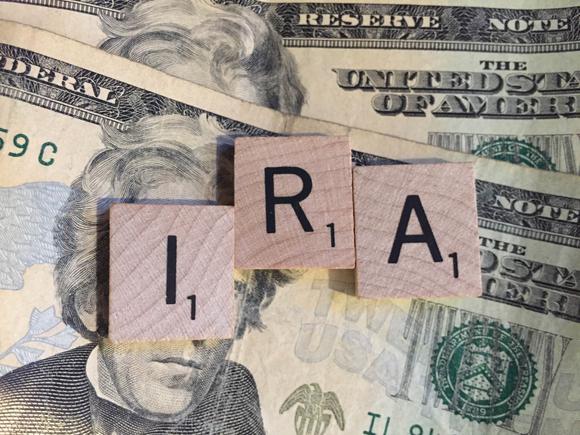The IRS has incentivized Americans to save for retirement by offering various options for an IRA tax deduction or credit. Please read on to understand more about IRA’s, rules pertaining to Traditional and Roth IRA’s, and learn about available credits.
Contribution Limits and When you are allowed to Contribute:
The contribution limits change each year. For 2016, the most a taxpayer can contribute to their IRA is the smaller of your taxable income or $5,500. If you are 50 or older by the end of 2016, you may contribute up to $6,500. Be aware, if you contribute more than these limits, an additional tax of 6% of the excess amount contributed will apply.
For the 2016 tax year, you are allowed to contribute Taxpayers are allowed to contribute any time during the year. To be considered deductible for the previous year, you must contribute to your IRA by Tax Day the following year. For example, if you contribute to your IRA by April 18, 2017, you may elect to take the deduction in either 2016 or wait until 2017.
Rules to be aware of:
- Taxpayers must be under 70 ½ years old at the end of the tax year to contribute to a Traditional IRA. There is no age limit for a Roth IRA.
- In order to contribute, you must have Taxable Income i.e. wages, salary, self-employment income, tips, commissions, bonuses, and alimony. If your spouse works and you don’t, generally, you are still allowed to contribute. There are specific phase outs depending on your filing status. For 2016, phase outs are determined by your Modified Adjusted Gross Income. Please refer to the table below:
| Filing Status | Modified AGI Limits |
| o Single | o $117,000-$132,000 |
| o Married Filing Jointly | o $184,000-$194,000 |
- Generally, only a Qualified distribution is tax free. Be sure to ask whether your distribution will be taxed. Normally, taxpayers don’t pay income taxes until they start distributing from a Traditional IRA. Qualified distributions from a Roth IRA are tax free.
- When you rollover a retirement plan distribution, you usually are not required to pay taxes on it. It is only after you receive the money, do they tax you. Be aware if you take an early distribution, you may be required to pay an additional 10% penalty.
Saver’s Credit & IRA Tax Deduction:
According to the IRS website, a taxpayer who contributes to an IRA may also qualify for the Saver’s Credit. It can reduce a person’s taxes up to $2,000 if they file a joint return. The credit applies to taxpayers that have low income. Visit the IRS website to see if you qualify. Use Form 8880, Credit for Qualified Retirement Savings Contributions, to claim the credit. A taxpayer may file either Form 1040A or 1040 to claim the Saver’s Credit.
All in all, if you qualify, you should try to contribute to an IRA. In the end, it will be income in your late years and save you money each tax season. Call us today for more information at Reliance Tax Group. 720.987.6882


